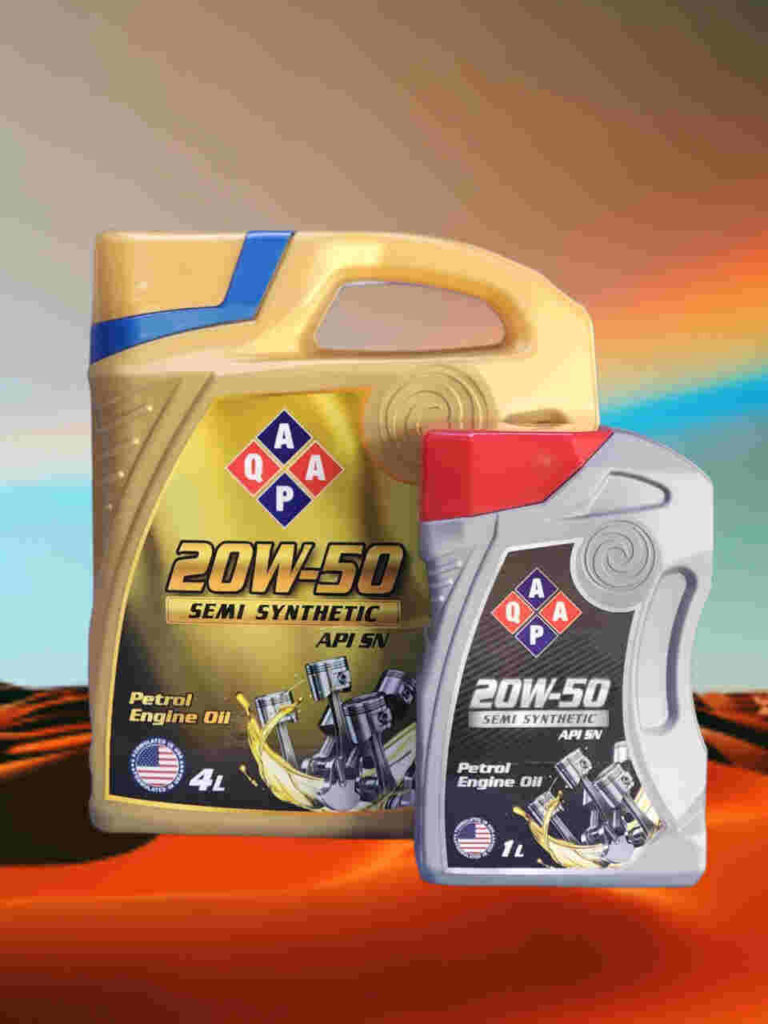Diesel exhaust fluid
How DEF introduced
Diesel engines are typically operated with a lean burn air-to-fuel ratio (over-stoichiometric ratio) to ensure the full combustion of soot and to prevent them from exhausting unburnt fuel. The excess air leads to the generation of NO which are harmful pollutants, from nitrogen in the atmosphere. SCR is used to reduce the amount of NO released into the atmosphere. DEF from a separate tank is injected into the exhaust pipeline, and the exhaust heat decomposes it to ammonia. Within the SCR catalyst, the NO is reduced by the ammonia into water and nitrogen, which are both nonpolluting. The water and nitrogen are then released into the atmosphere through the exhaust.
SCR was applied to automobiles by Nissan Diesel Corporation, and the first practical product “Nissan Diesel Quon” Was introduced in 2004. With the cooperation of the oil and chemical industry, a1,300-station infrastructure to supply DEF was prepared by September 2005 in Japan.
Features of Diesel Exhaust Fluid
Features of DEF include:
- The heat from the exhaust, the fluid, and a catalyst combine to transform the NOx into innocuous gasses when DEF is introduced into the diesel exhaust stream.
- AQAP AdBlue is a high quality, highly pure non-toxic aqueous urea solution for NOx reduction. It meets and exceeds SO 22241-1: 2006, S 17042 (PART 1): 2018 performance standards.
- AQAP AdBlue is specially developed for SCR enabled BS IV engines. It is ideal for modern commercial vehicles like diesel trucks, long haul fleets and buses; and suitable also for other BS IV / VI or (Euro IV / V / VI) compliant diesel engines employing SCR / EGR-SCR technology.
Diesel Exhaust Fluid FAQs:
- Should I be concerned about handling DEF?
No, DEF is a non-flammable, non-toxic, non-polluting solution. When handled correctly, DEF is safe to handle and store, and offers no significant risk to people, animals, tools, or the environment.
- What should I do if I spill DEF?
If DEF spills, keep the liquid contained and soak it up with an inert, non-combustible absorbent substance, such as sand. For disposal, shovel the trash into an appropriate container. Avoid spills that could go down the drain. To clean up a spilled substance in a drain, use lots of water.


